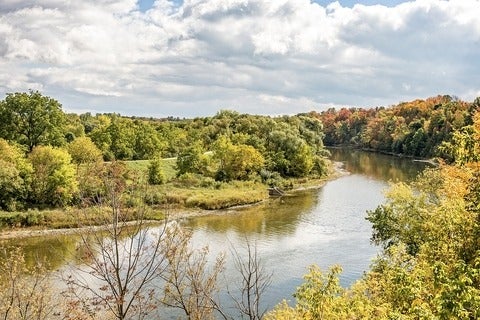Guest talk by Zobia Jawed at McMaster University
On October 24th, 2018, Zobia Jawed gave a guest talk to an Ecology Class at MacMaster University. The talk was titled "Nutrient Changes in the Great Lakes: Addressing Algae Blooms and Biodiversity in an Era of Climate Change". It focused on water as an interdisciplinary issue, looking specifically at waste water treatment plants.
